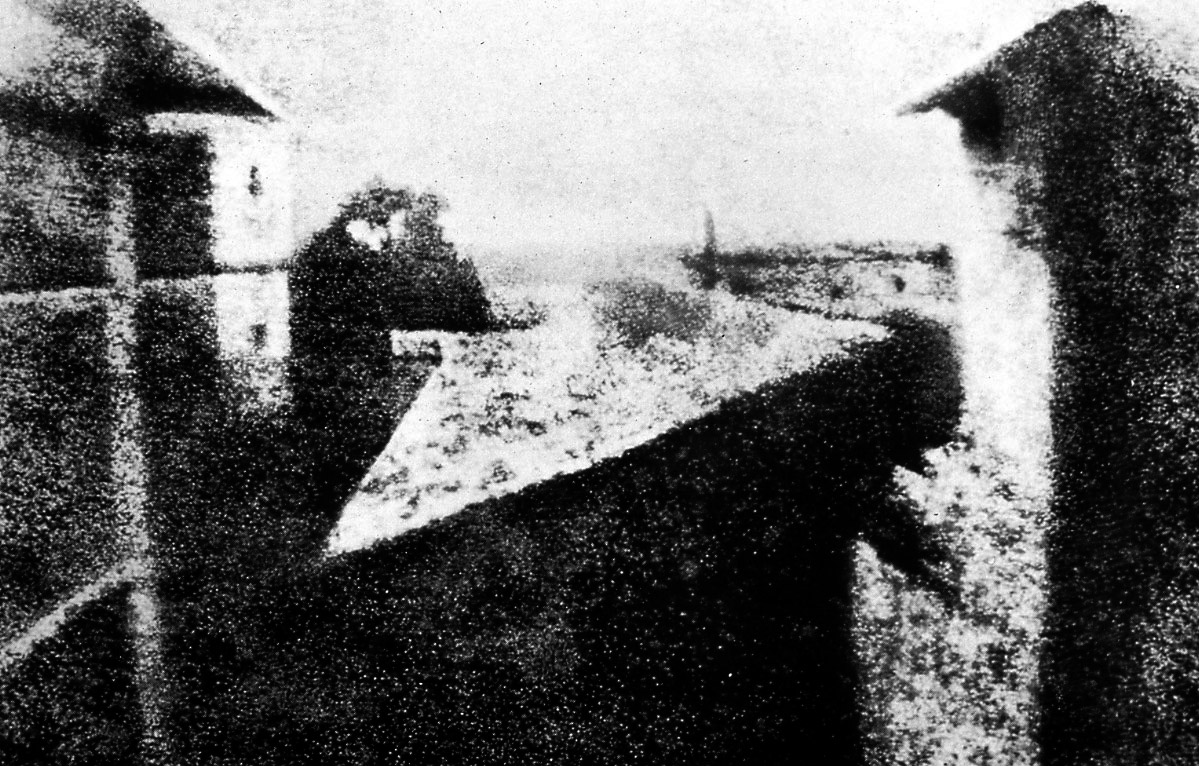Cards In This Set
| Front | Back |
  |
Photographer: Niepce
Date: 1826-27 Support for light-sensitive emulsion: pewter plate Process: Heliograph Historical Significance: Worlds first photograph |
  |
Photographer: Daguerre
Date: 1839 Support for light-sensitive emulsion: Copper Plate Historical Significance: Worlds first practical photographic process. Developing out Process, discovery of mercury vapor decreased exposure time. |
  |
Photographer: Talbot
Date: 1844 Support for light-sensitive emulsion: Salted Paper Process: Calotype Historical Significance: Neg/Pos, Could be copied(but not good quality so many people still preferred the detail of the Daguerreotype. |
  |
Photographer: Hill and Anderson
Date: 1840-45 Process: Calotype Historical Significance: Proof you could make a portrait with a Calotype |
  |
Photographer:Unknown
Date: 1850's Process: Collodion "Wet Plate Process" Historical Significance: Best of dag. and Calo. |
  |
Photographer: Disderi
Date: 1860 Process: Collodion- Carte-De-Visite Historical Significance: lowered price of portraits |
  |
Photographer: Fenton
Date: 1855 Process: Collodion Historical Significance: Introduced a new photographic standard of depicting reality |
  |
Photographer: Gardner
Date: 1863 Process: Collodion Historical Significance: set up-very controversial |
  |
Photographer: Reijlander
Date: 1857 Process: Collodion Historical Significance: combination print- 30 nagatives |
  |
Photographer: Robinson
Date: 1858 Process: Collodion Historical Significance: combination print-5 neg. The girl wasn't really dying, she was a model, but peopel believed it was a true photograph. But people believed this photo to be immoral because she was "dying". |
 |
Photographer: Cameron
Date: 18667 Process: Collodion Historical Significance: Soft lens was used, a pic of sir john herchel, gave a spiritual feel to it |
 |
Photographer: Frith
Date: 1862 Process: Collodion Historical Significance: First mass produced photography |
 |
Photographer: Thompson
Date: 1877 Process: Collodion Historical Significance: Photography that helped social reform |
 |
Photographer: Watkins
Date: 1860's Process: Collodion Historical Significance: Believed that the landscape was a symbol of spiritual idealism. Helped yellow stone become a national park |
 |
Photographer: Russell
Date: 1869 Process: Collodion Historical Significance: Easy for manifest destiny |



